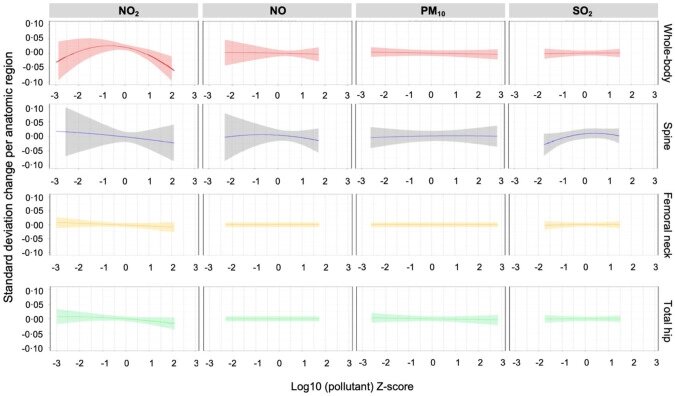
Elevated levels of air pollutants are associated with bone damage among postmenopausal women, according to new research led by scientists at Columbia University Mailman School of Public Health. The effects were most evident on the lumbar spine, with nitrous oxides twice as damaging to the area as in normal aging.
The research findings appear in the journal eClinicalMedicine.
Previous studies on individual pollutants have suggested adverse effects on bone mineral density, osteoporosis risk, and fractures in older individuals...
Read More






Recent Comments